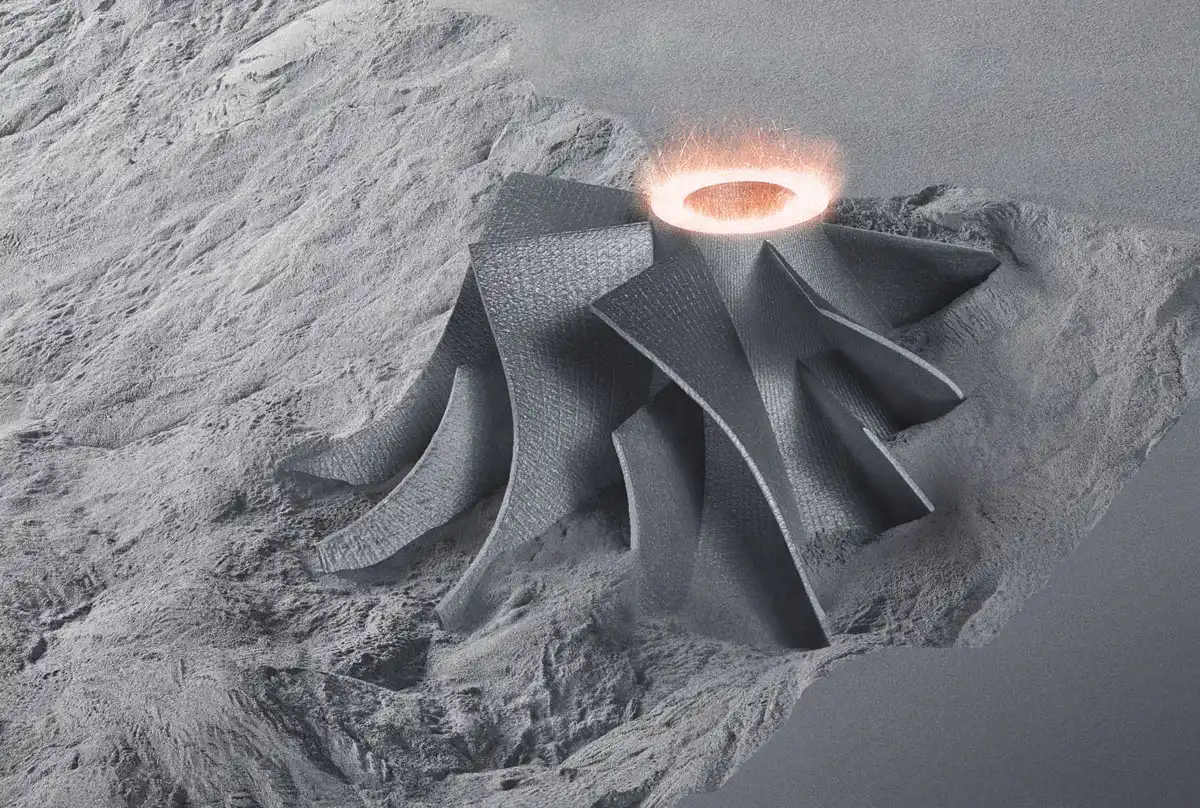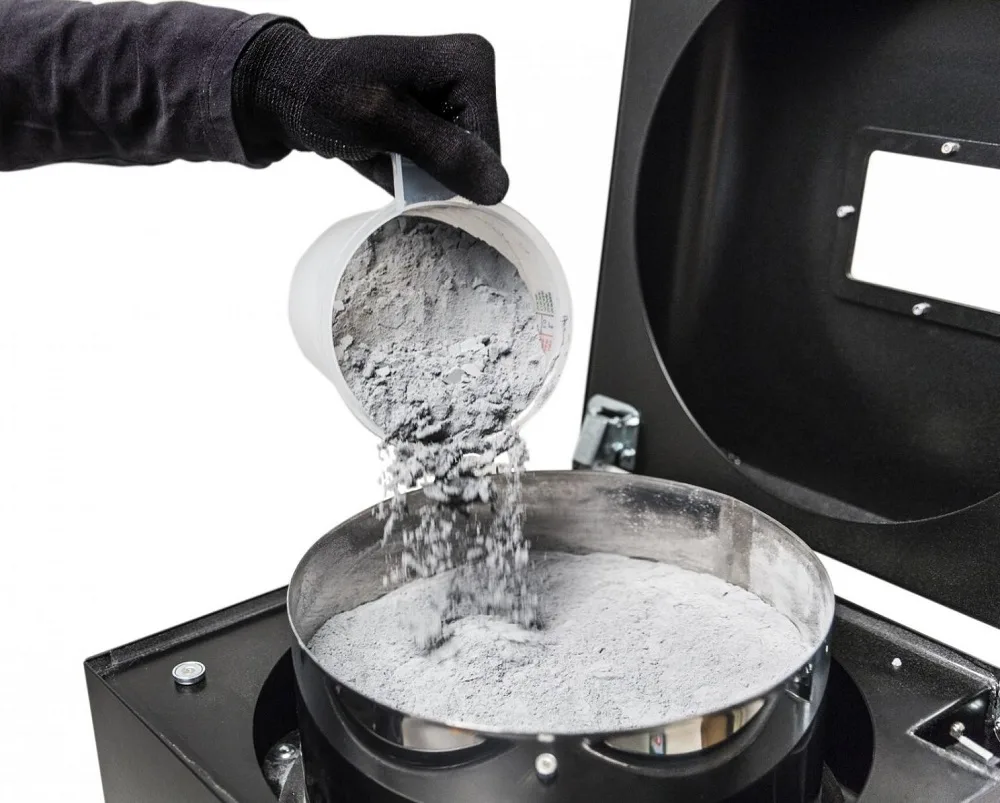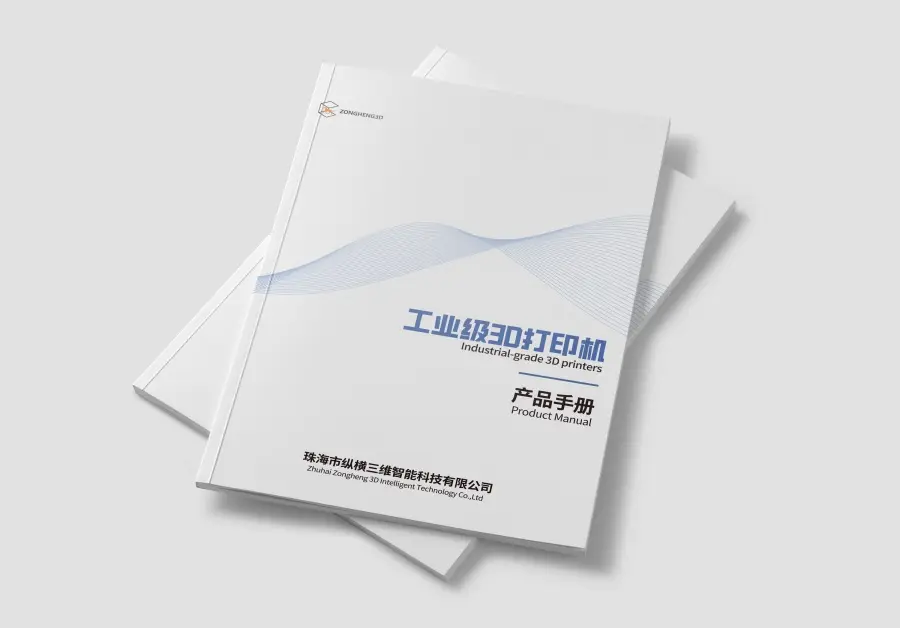SLS Powder Recycling: A Sustainable Choice for Modern Manufacturing
As industries worldwide prioritize sustainability, additive manufacturing has emerged as a key player in reducing environmental impact. Among its innovations, Selective Laser Sintering (SLS) stands out for its precision and versatility. However, the process generates significant unused powder, necessitating efficient recycling strategies. This article explores the technical, economic, and environmental implications of SLS powder recycling, offering actionable insights for businesses aiming to adopt circular manufacturing practices.
What Is SLS Powder?

SLS powder, a granular material fused layer-by-layer via laser sintering, enables the production of complex geometries without support structures. Common materials include:
| Material | Key Properties | Applications |
|---|---|---|
| Nylon 12 (PA 12) | High strength, heat resistance | Automotive parts, prosthetics |
| TPU | Elasticity, flexibility | Wearables, grippers |
| PA 11 | Biodegradable, renewable | Eco-friendly packaging |
| Glass-Filled Nylon | Thermal stability | Industrial fixtures |
| PEKK | Extreme heat resistance | Aerospace components |
The SLS Process and Recycling Potential

- Layer Preparation: A 0.1mm powder layer is spread across the build platform.
- Laser Sintering: A CO₂ laser selectively fuses particles at ~200°C.
- Cooling & Post-Processing: Excess powder is collected for reuse.
Key Fact: Up to 80% of unused SLS powder can be recycled, minimizing waste and costs.
Why Recycle SLS Powder?

Environmental Benefits
- Waste Reduction: Diverts 50–80% of powder from landfills.
- CO₂ Savings: Recycling emits 3.1 kg CO₂/kg vs. 10.5 kg CO₂/kg for virgin powder.
- Resource Efficiency: Reduces reliance on petroleum-based raw materials.
Economic Advantages
- Cost Savings: Recycled nylon costs \$30–\$50/kg vs. \$70–\$100/kg for virgin material.
- Regulatory Compliance: Meets EU and U.S. mandates for recycled content in plastics.
- Supply Chain Stability: Mitigates risks from virgin material shortages.
Technical Challenges and Solutions
Powder Degradation

Repeated thermal cycles weaken polymer chains. Blending recycled with virgin powder restores performance:
| Material | Max Cycles | Performance Threshold | Blend Ratio (Recycled:Virgin) |
|---|---|---|---|
| Nylon 12 | 5–7 | 80% tensile strength | 70:30 (non-structural parts) |
| TPU | 3–5 | 70% elasticity | 50:50 (flexible components) |
| PA 11 | 8–10 | 85% strength retained | 90:10 (biodegradable applications) |
Contamination Control
- Sieving: Remove debris using 75–100μm mesh screens.
- Storage: Maintain <20% humidity in airtight containers.
- Testing: Validate flowability and tensile strength pre-use.
Case Studies: Industry Success Stories
- BMW Automotive: Reduced material costs by 37% using 50% recycled nylon for prototypes.
- Medical Implants: A startup cut implant costs by 40% with 80% recycled PEKK blends.
- SpaceX: Achieved 98.4% success rate for satellite mounts using 10-cycle recycled PEEK.
Best Practices for Effective Recycling
- Equipment Investment:
- Basic sieving stations (<\$5,000) suit small-scale operations.
- Automated systems (\$30,000+) optimize high-volume recycling.
- Workflow Optimization:
- Track powder cycles via digital logs.
- Train staff in contamination prevention and safety protocols.
- Quality Assurance:
- Conduct Hall flow tests (<35 sec/50g).
- Print validation parts to assess surface finish and strength.
Future Trends in SLS Recycling
- AI-Driven Systems: Real-time contamination detection and blend optimization (ETA 2025).
- Closed-Loop Factories: On-site powder regeneration from post-consumer waste.
- Regulatory Shifts: Global “powder taxes” penalizing virgin material use by 2032.
FAQs
Q: How many times can SLS powder be recycled?
A: Nylon 12 (5–7 cycles), TPU (3–5 cycles), PEKK (10+ cycles).
Q: Does recycled powder affect part quality?
A: Strategic blending ensures performance parity for non-critical applications.
Q: Is recycling cost-effective for small businesses?
A: Yes. A 50kg/month operation achieves ROI in 6 months.
Conclusion
SLS powder recycling is no longer optional—it is a strategic imperative. By adopting closed-loop systems, manufacturers reduce costs, comply with regulations, and contribute to a sustainable future. The transition requires meticulous planning, but the rewards—financial, operational, and environmental—are undeniable.


